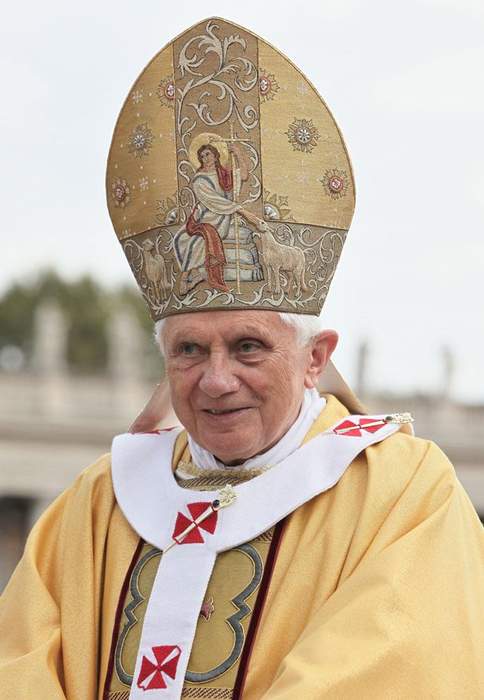Pope Francis has become a beacon of hope and reform for the Catholic Church since his election in 2013. Known for his humble demeanor and progressive stance on various social issues, he has worked tirelessly to address the challenges faced by the Church. However, the road to reform was not easy as he inherited a church plagued with scandals that had accumulated over decades.
As the first pope from the Americas and the first Jesuit to hold the papal office, Pope Francis brought a fresh perspective to Vatican leadership. His commitment to transparency and accountability has been tested by the legacy of past wrongdoings within the Church. The revelation of inheriting scandal documents from his predecessor, Pope Benedict XVI, sheds light on the immense responsibility placed upon him to steer the Church toward a more transparent and just future.
The Legacy of Pope Benedict XVI
Pope Benedict XVI, who served as the head of the Catholic Church from 2005 until his resignation in 2013, left an indelible mark on the institution. As the first pope to resign in nearly 600 years, his decision to step down marked a significant moment in the history of the papacy. Benedict's tenure was characterized by efforts to preserve traditional values while addressing modern challenges facing the Church.
Benedict's final act as pope involved handing over a large white box filled with confidential documents to his successor, Pope Francis. These documents detailed some of the most challenging issues the Church had encountered, including cases of abuse, corruption, and other dark dealings. By doing so, Benedict ensured that the new pope would be fully informed about the complex problems requiring immediate attention.
This gesture demonstrated Benedict's recognition of the gravity of these issues and his desire to facilitate a smoother transition for his successor. It also highlighted his commitment to ensuring continuity in addressing the Church's internal struggles, even after stepping down from his official duties.
Revealing the Contents of the White Box
In his autobiography, Pope Francis revealed the contents of the mysterious white box he received from Pope Benedict XVI. The documents inside detailed numerous scandals involving abuse, corruption, and illicit activities within the Church. This revelation underscored the magnitude of the challenges facing the Catholic Church at the time of Francis's election.
By sharing this information publicly, Pope Francis aimed to foster greater transparency and accountability within the Church. He recognized that confronting these issues openly was essential for restoring trust among the faithful and promoting healing within the global Catholic community. Furthermore, it emphasized his dedication to tackling these longstanding problems head-on rather than sweeping them under the rug.
The disclosure of such sensitive material also served as a call to action for all members of the Church hierarchy to work together towards creating a safer, more just environment for everyone involved. It signaled a shift in approach from previous administrations, where secrecy often prevailed over openness.
Addressing Scandals: A Path Forward
With the knowledge imparted through the white box, Pope Francis embarked on a mission to address the scandals plaguing the Catholic Church. His efforts focused on implementing reforms designed to prevent future misconduct and provide justice for victims affected by past wrongdoings. This included establishing new protocols for handling allegations of abuse and increasing oversight mechanisms within the Church.
Francis's approach to dealing with these issues reflected his broader vision for the Church – one rooted in compassion, inclusivity, and service to others. By prioritizing the needs of victims and holding perpetrators accountable, he sought to rebuild trust between the Church and its followers worldwide. Additionally, his emphasis on transparency helped dismantle entrenched systems of power that had allowed such abuses to persist unchallenged for so long.
As the Church continues navigating its path forward, the lessons learned from the contents of the white box remain crucial guiding principles. They remind us that true reform requires courage, perseverance, and unwavering commitment to upholding moral integrity at every level of institutional leadership.

